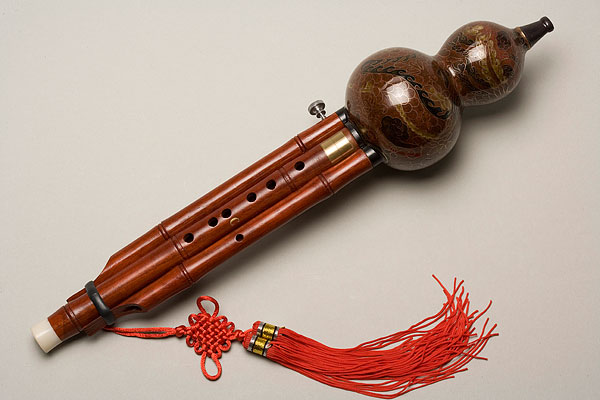Proper method and proper depth of fenugreek mouthpiece
In the performance of fenugreek, the way of mouthpiece and the depth of mouthpiece are very important for the purity of timbre, the accuracy of intonation and the comfort of playing. So, how much fenugreek mouthpiece is good? There is no absolute standard answer to this question, but it depends on individual differences, oral structure, and proficiency in playing technique, but the following points can help to find the right mouthpiece attachment:

1. Comfort priority: The first principle of the mouthpiece is comfortable and natural, and should not feel stuffy or uncomfortable. The mouthpiece should be gently contained between the lips, and the tip of the tongue should be gently pressed against the bottom of the mouthpiece to ensure that the breath can smoothly enter the fenugreek through the mouthpiece, forming a smooth and controlled airflow.
2. Moderate intake: The mouthwash should not be too deep into the mouth, so as not to affect normal breathing and oral resonance. Generally speaking, the front end of the mouthpiece is approximately contained between the lip and the teeth, about 1-2 mm away from the teeth, so that the tip of the mouthpiece is lightly in contact with the lower lip, and the upper lip slightly covers the edge of the mouthpiece, forming a sealed but not too compact space.
3. Flexible adjustment: Everyone's mouth size, lip thickness and tooth arrangement are different, so the depth of the mouthpiece connection needs to be personalized according to the actual situation. Under the premise of not affecting the stability and timbre of the blowing, the most suitable mouthpiece location should be found through repeated blowing and practice.
4. Pay attention to air flow control: the depth of the nozzle should also consider the factors of air flow control. The shallow inlet may cause airflow leakage, affecting volume and timbre; On the contrary, the deep content may affect the free flow of breath, resulting in effort and insufficient breath when playing. The ideal depth of inclusion should enable the performer to easily control the breath, and achieve the free change of volume, timbre and rhythm.
To sum up, the inclusion of fenugreek mouthpiece is not unchanged, but requires players to explore and adjust in practice to find the most suitable for their oral characteristics and playing habits, so as to better control the fenugreek and play beautiful notes.
 渝公网安备 50010702504639号
渝公网安备 50010702504639号